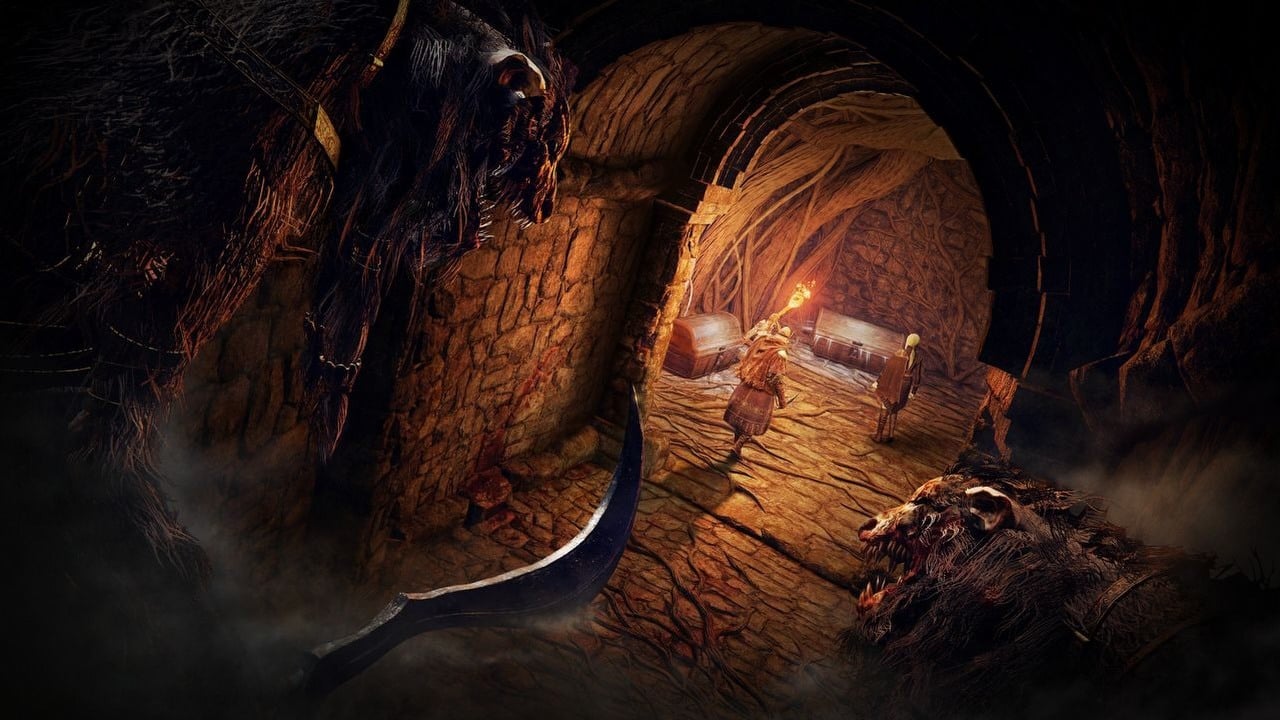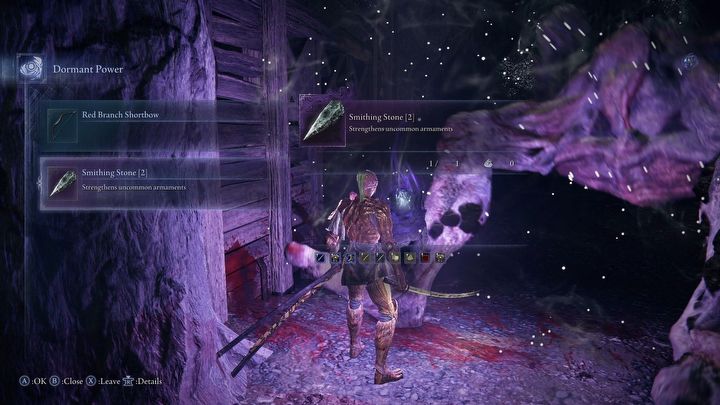
Navigating the inventory system in Elden Ring: Nightreign is more challenging compared to other FromSoftware games. You’ll find yourself with a smaller carrying capacity, meaning you can hold fewer items at one time. Add to that the constant ticking clock and diminishing game area, and you’ve got limited time to decide what to keep and what to discard. To make your inventory management smoother, we have some useful tips for you. We’ll guide you on selecting weapons, expanding your capacity, and uncovering hidden game mechanics that could prove beneficial. Stay tuned!
How to increase inventory capacity?

Initially, every adventure commences with a set arrangement: six spaces for weapons (three on each hand), two spots for charms, and four openings for single-use items. Regarding weapons and charms, the number of slots remains constant throughout the journey. Nevertheless, you can expand the capacity for disposable items by acquiring small pouches. Each pouch adds an extra slot to your inventory until the end of the adventure. You have only two options to obtain a pouch: either purchase it from any vendor during the expedition for 5,000 runes or begin the adventure with a relic that grants you one free pouch. You can acquire just one pouch from the merchant, thus limiting your total number of items to six.
How to decide what to take with you?

As I journey through each expedition, I’ll stumble upon an abundance of weapons. But remember, the main objective isn’t to assemble a universal build – it’s all about defeating the Nightlord on the third day. Each Nightlord has its unique weakness, making the fight less challenging. So, keep an eye out for a weapon that aligns with your character’s stats and, if available, inflicts damage of the element the boss is weak against. If you manage to find one, invest in upgrading it for the rest of the expedition. However, this doesn’t mean you should leave other inventory slots empty. Every piece of equipment (except for your starting gear) offers a passive effect. These effects are active even when you’re not wielding a weapon, unless there’s a red border around the skill – then it only activates when you’re using that specific weapon. Therefore, if I come across a weapon with a beneficial passive effect, I’ll grab it – even if I don’t plan on using it, as it will boost my character just by sitting in my inventory.

In terms of disposable items, those that are less common tend to be more valuable. Obtaining purple blacksmith stones enables you to upgrade your blue weapon to a purple one, whereas stone keys serve as entry passes to large prisons where powerful bosses with substantial rewards reside. It’s advisable to accumulate blue items as well – starlight shards rejuvenate your mana, and boiled crab lessens the damage you sustain. Among ordinary items, the pickled fowl foot proves exceptionally useful. Utilize a golden foot momentarily to increase the number of runes obtained (ideal for use right before defeating bosses), and employ a silver foot just before opening chests, particularly decorative chests found in castles and forts.

You’ll frequently encounter items known as boluses in various games, which are used to cure specific status ailments. However, these are often not taken due to their limited effectiveness, as they only address one status issue and there’s no certainty you’ll face that condition again. In the game Nightreign, boluses function differently compared to Elden Ring. Not only do they remove the adverse effects of the status, but they also enhance your resistance to that effect for the remainder of the adventure. This makes it advantageous to consume them promptly upon discovery. To use them instantly, simply press and hold the interaction button while simultaneously pressing the up arrow on the D-pad.
- Elden Ring: Nightreign review: An experiment that completely hooked me in
Read More
- Who Is Harley Wallace? The Heartbreaking Truth Behind Bring Her Back’s Dedication
- 50 Ankle Break & Score Sound ID Codes for Basketball Zero
- 50 Goal Sound ID Codes for Blue Lock Rivals
- KPop Demon Hunters: Real Ages Revealed?!
- Lottery apologizes after thousands mistakenly told they won millions
- Ultimate AI Limit Beginner’s Guide [Best Stats, Gear, Weapons & More]
- 100 Most-Watched TV Series of 2024-25 Across Streaming, Broadcast and Cable: ‘Squid Game’ Leads This Season’s Rankers
- Umamusume: Pretty Derby Support Card Tier List [Release]
- J.K. Rowling isn’t as involved in the Harry Potter series from HBO Max as fans might have expected. The author has clarified what she is doing
- Mirren Star Legends Tier List [Global Release] (May 2025)
2025-06-10 13:04